Heavy Metal Blue Switch Grass
Panicum virgatum 'Heavy Metal'
Height: 5 feet
Spread: 3 feet
Sunlight:
![]()
![]()
Hardiness Zone: 3
Ornamental Features
Heavy Metal Blue Switch Grass features airy plumes of rose flowers rising above the foliage in mid summer. Its attractive grassy leaves are steel blue in color. As an added bonus, the foliage turns a gorgeous orange in the fall. The brick red seed heads are carried on showy plumes displayed in abundance from late summer to mid fall. The steel blue stems are very colorful and add to the overall interest of the plant.
Landscape Attributes
Heavy Metal Blue Switch Grass is an herbaceous perennial grass with an indistinguished habit of growth. Its relatively fine texture sets it apart from other garden plants with less refined foliage.
This is a relatively low maintenance plant, and is best cleaned up in early spring before it resumes active growth for the season. It has no significant negative characteristics.
Heavy Metal Blue Switch Grass is recommended for the following landscape applications;
- Accent
- Vertical Accent
- Mass Planting
- General Garden Use
Planting & Growing
Heavy Metal Blue Switch Grass will grow to be about 4 feet tall at maturity, with a spread of 3 feet. Its foliage tends to remain dense right to the ground, not requiring facer plants in front. It grows at a medium rate, and under ideal conditions can be expected to live for approximately 15 years. As an herbaceous perennial, this plant will usually die back to the crown each winter, and will regrow from the base each spring. Be careful not to disturb the crown in late winter when it may not be readily seen!
This plant does best in full sun to partial shade. It is very adaptable to both dry and moist locations, and should do just fine under typical garden conditions. It may require supplemental watering during periods of drought or extended heat. It is not particular as to soil type, but has a definite preference for alkaline soils, and is able to handle environmental salt. It is somewhat tolerant of urban pollution. Consider applying a thick mulch around the root zone in both summer and winter to conserve soil moisture and protect it in exposed locations or colder microclimates. This is a selection of a native North American species. It can be propagated by division; however, as a cultivated variety, be aware that it may be subject to certain restrictions or prohibitions on propagation.


